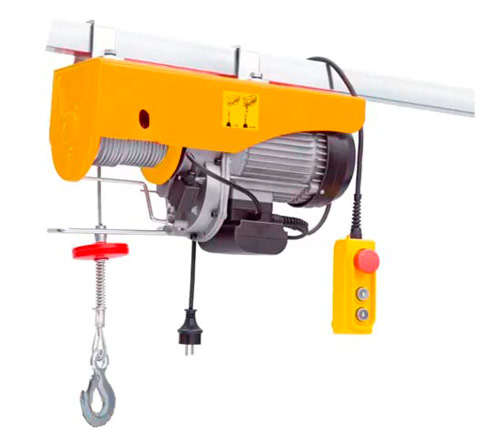Expand Your Product Line Using Ready-To-Customize PLR Digital Products Effortlessly
Expanding your product line by incorporating ready-to-customize Private Label Rights PLR digital products is an efficient way to grow your business without the need to develop content from scratch. PLR products come with pre-written materials that can be edited, branded, and sold as your own, allowing you to focus more on marketing and sales while minimizing the time spent on content creation. This approach allows you to tap into a wide variety of niches and cater to a broader audience, helping your business reach new heights in a short amount of time. One of the main advantages of using PLR digital products is the flexibility they offer. These products can be adapted to meet your specific needs, whether you are looking to create ebooks, courses, reports, templates, or even software. You can modify the content to reflect your unique voice and brand identity, which makes the products, appear original and tailored to your target market. This customization aspect ensures that you stand out from the competition while still benefiting from the convenience of pre-made content. Furthermore, ready-to-customize PLR digital products are typically high-quality and professionally created by experts in various fields.
This allows you to offer your customers valuable resources that have been designed with the latest trends and best practices in mind. Since the content has already been researched and structured, you do not have to worry about quality control or spending excessive time on product development. You can trust that the products will resonate with your audience and meet their expectations. In addition to saving time and resources, using PLR digital products allows you to diversify your product offerings quickly. Whether you want to expand into new topics, industries, or markets, PLR products provide a cost-effective way to do so. You can easily integrate these products into your existing sales funnel and begin selling them right away, all while maintaining a consistent brand image. This scalability makes it possible for your business to grow without the typical delays that come with creating new products from the ground up.
For those who may be new to using PLR products, the process of customization is often simpler than anticipated. Many PLR packages come with step-by-step instructions, making it easy to rebrand, rewrite, or repackage the content as needed. In some cases, the products may even come with pre-designed graphics and marketing materials, further reducing the effort required on your part. This ease of use allows even beginners to start leveraging PLR products to generate passive income and build their brand with minimal effort. Lastly, the ability to use PLR digital products for multiple purposes provides even more value. Beyond selling the products directly, you can use them to create lead magnets, build email lists, offer them bonuses for products or services and check this out https://plrdigitalproducts.net/ to know more. This versatility ensures that you can maximize the potential of your investment in PLR content and continue to reap the benefits for years to come. By continuously customizing and promoting PLR products, you can ensure a steady flow of revenue and consistently meet the needs of your audience.



